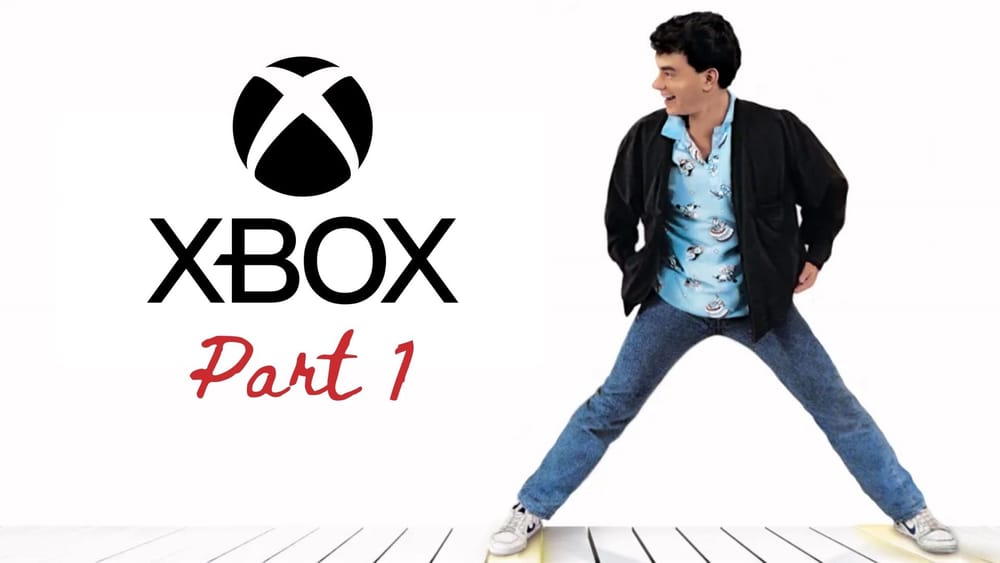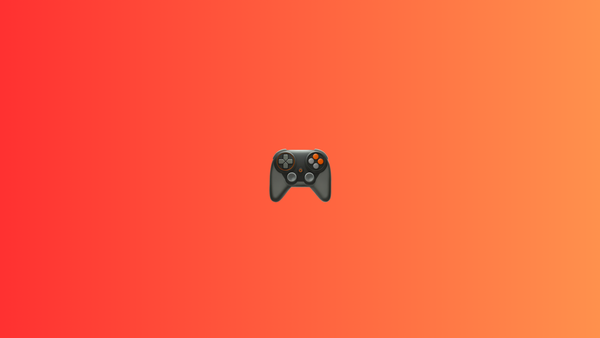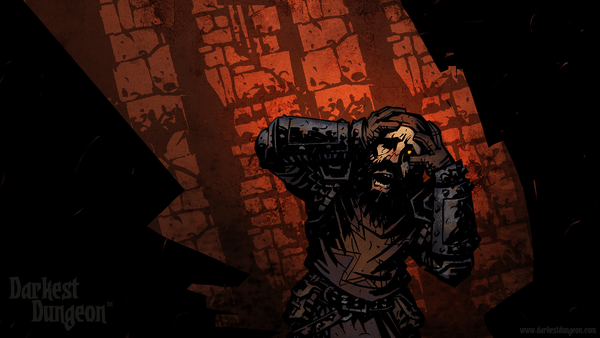If I ran Xbox, Part 1: Xbox Hardware Division
I recently had a “boys trip” to rural Michigan with a handful of old college friends. It was a weird weekend of back pain, boat drinks, paintball, hiking, co-cooking, knee pain, tabletop games, and conversations around a smoldering fire pit passing the nighttime hours by grousing about the world, definitely solving some problems, and generally coming to one major conclusion: we’d all be super good at being filthy rich. Certainly better than all these guys (and they are mostly guys) accumulating all the wealth for…a high score, I guess?
It’s been a few weeks, but that feeling has just been resting in the back of my mind, getting all cozy. Cozy like Grandpa Joe in fact. That same thought train has coincided with another thought I—and a lot of other gamers—have been thinking about a lot. Not only would I be so much better at living a fulfilling life as a filthy rich trust fund kid, I have the mid-30s hubris (and back pain! So much pain) to think I’d probably do a better job at running Xbox too. So, let’s walk through my Willy Wonka dream, let Sarah Bond and Phil Spencer soar off in their great glass elevator, and overhaul the unwieldy monstrosities that is Big Green.
Before we get too wet and wild with our “restructuring,” let’s throw down some caveats. I don’t know what I’m doing. I’m just an ideas guy with a blog. I don’t know how to make a computer, but I have a teeny bit of product design experience. I also don’t care about adding shareholder value; Microsoft is a globe-spanning corporation with its fingers in most pies, I will not be addressing that. Because honestly, that doesn’t make good blogging and this is supposed to be fun, not work. You can go to The Verge for corporate analysis of Microsoft and their over-investment into AI.
I’m going to break this down into three-ish main areas: hardware, games and studios, and services. Today’s post is all about the hardware. I’ve got ideas for all of them (as well as ways they’re royally messing up), and I think there’s plenty of things to react to here.
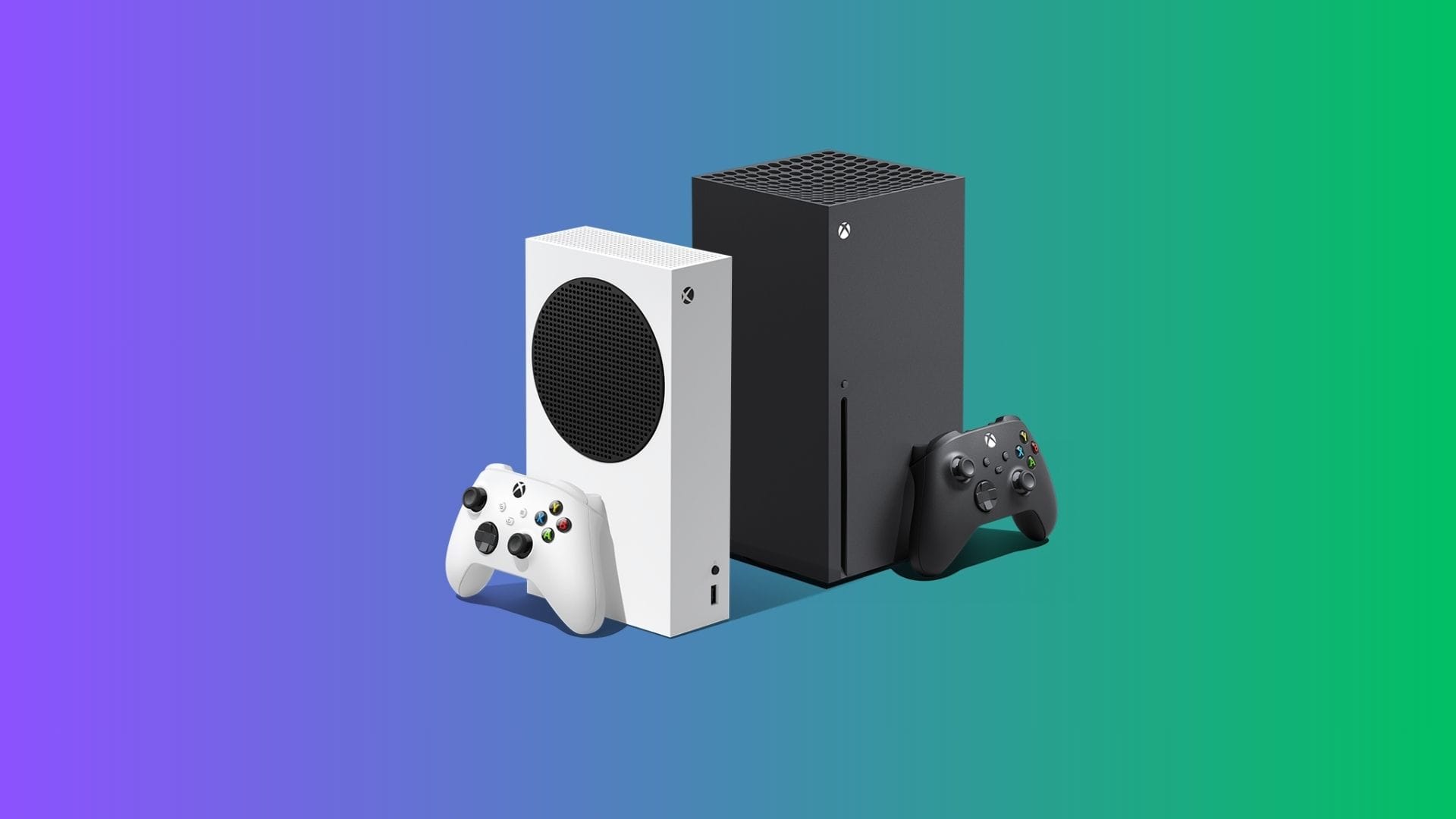
Current Xbox hardware is a nightmare. Let’s fix it.
Have you been on the internet? Yeah, so you probably know how much a current disaster the Xbox hardware situation is. Costco and Target are pulling the Xbox Series consoles from shelves, the Asus Republic of Gamers Xbox Ally and Asus Republic of Gamers Xbox Ally X are flopping pretty hard with their too high prices and inclusion of Microsoft Teams. An absolute disaster. And meanwhile, Xbox leadership really wants us to know that they are hard at work on the Next Xbox that may be hitting store shelves in 2027. Rumors and speculation will tell us that the next generation of consoles will be more Switch-like: handhelds, in-home docks, and a third powerful console. But Sarah Bond is also out here talking about a high-end premium console. It’s all so confusing. Oh and prices are soaring currently, so no one can afford literally any of this anymore. Let’s fix it.
As head of Xbox Hardware, my first act will be to lower the prices. Listen, tariffs suck and Microsoft needs to pay off all that AI spend somehow, but since I’ve already said I don’t care about the economics of all this (see the rules paragraph above), we’re going to do something truly zany: put the Xbox on sale. The first order of business is to cut the price on the long-in-the-tooth current gen Xbox. If Microsoft’s great plan for Xbox is to turn it into another Windows, a business propped up by software sales (and subscriptions) instead of hardware sales, it’s time to get an Xbox in every home. Honestly, selling any of them is better than them not selling so bad that they’re pulled from shelves.
The Xbox Series consoles should be priced to undercut everyone. The Series S is now $150. Nobody wants them? I bet for $150 they do. You know what else looks a lot nice when you only paid $150 for a console? Game Pass. Steal the Nintendo Voucher idea and let anyone who buys a Series S get a free game with their purchase or a limited time 20% off coupon or something. Chuck in a few months of Game Pass. The whole “Everything is an Xbox” theory is a bust, so it’s time to go Oprah on the public: “Everyone GETS an Xbox.”
The Xbox Series X also drops in price to $400. Truly just take a wash on every console. The console has never made money and with a smaller install base, it never will. What Xbox needs now is more warm bodies with a tiny bit of cash to chip in annually. If I was being a real Mad King of Xbox (I might still do it), I’d discontinue the Series S completely and make the Series X the only console, selling it for $200. Because you know what gamers love? Being reminded of the Playstation 2 and how you could get one for $200.
Is this sound economic strategy? Absolutely not. That’s not the point. The point is to get people into the ecosystem for the next Xbox because this is where we’re gonna get nuts.
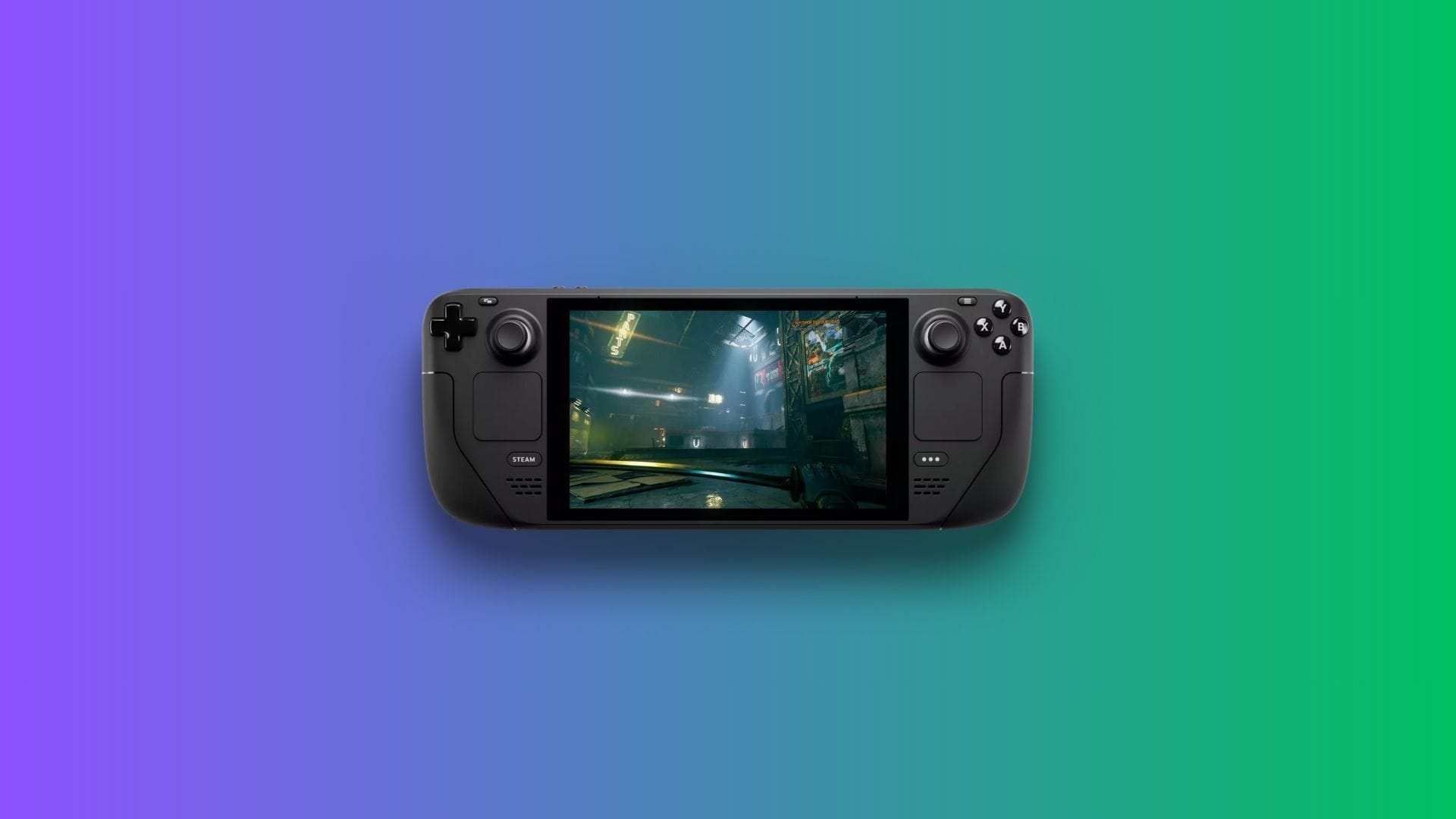
How to make hardware that defeats the competition and makes people happy
I generally agree with the product strategy laid out by the major companies these days about splitting the next “generation” along the lines of on-the-go and at-home gaming. I think it can get really confusing though, especially as all these plans come out of Sony and Microsoft about how they’re making something the Switch made look so easy, look complicated as hell. We’re gonna fix that and enhance it with some stuff only Microsoft (and their big old dump truck of money) could do.
I declare it, there shall be one-ish new Xbox. Possibly two. I’m feeling wishy-washy on this one.
Xbox Go
The Xbox Go is a lightweight, PC-like device that looks surprisingly similar to the Steam Deck. It is what the Asus ROG Xbox Ally X dreams of being: a truly portable gaming device that runs a good version of Windows (and doesn’t come with Teams). It is not a cutting edge device—think how old the Switch was already at launch—because it doesn’t need to be. With a 7” OLED screen and 3-6 hours of battery life, the Xbox Go is designed for traveling, commuting, and park bench gaming.
The Xbox Go features something that I haven’t seen another mobile gaming PC handheld have yet: a cellular connection. There’s probably a ton of very good reasons that one of these devices hasn’t added a cellular radio, but we’re dreaming, so let me have my treat. That’s right kids (parents, actually), you don’t need to hand over the iPhone for a screen time distraction at the local Applebees, just boot up the Xbox Go and load into Xbox Cloud Gaming (more on this in part 3) from the corner booth for the all grown-up version of Quick Resume. Because the Xbox Go probably has smaller onboard storage than the dock (we’ll get there, I promise!), you may only have a few games on the little guy (we have to keep storage low to keep prices low, after all), so just hit the pretty decent Xbox Cloud Gaming servers over 4G to resume what you were playing at home, or sample something new on Game Pass. You’ll also be able to play all those online multiplayer games we find ourselves playing, on the go, something none of the major handheld makers have figured out yet. Imagine hanging out with all your friends on the Minecraft server while you’re sipping Bahama Mamas at the Chilis. That’s living, right there.
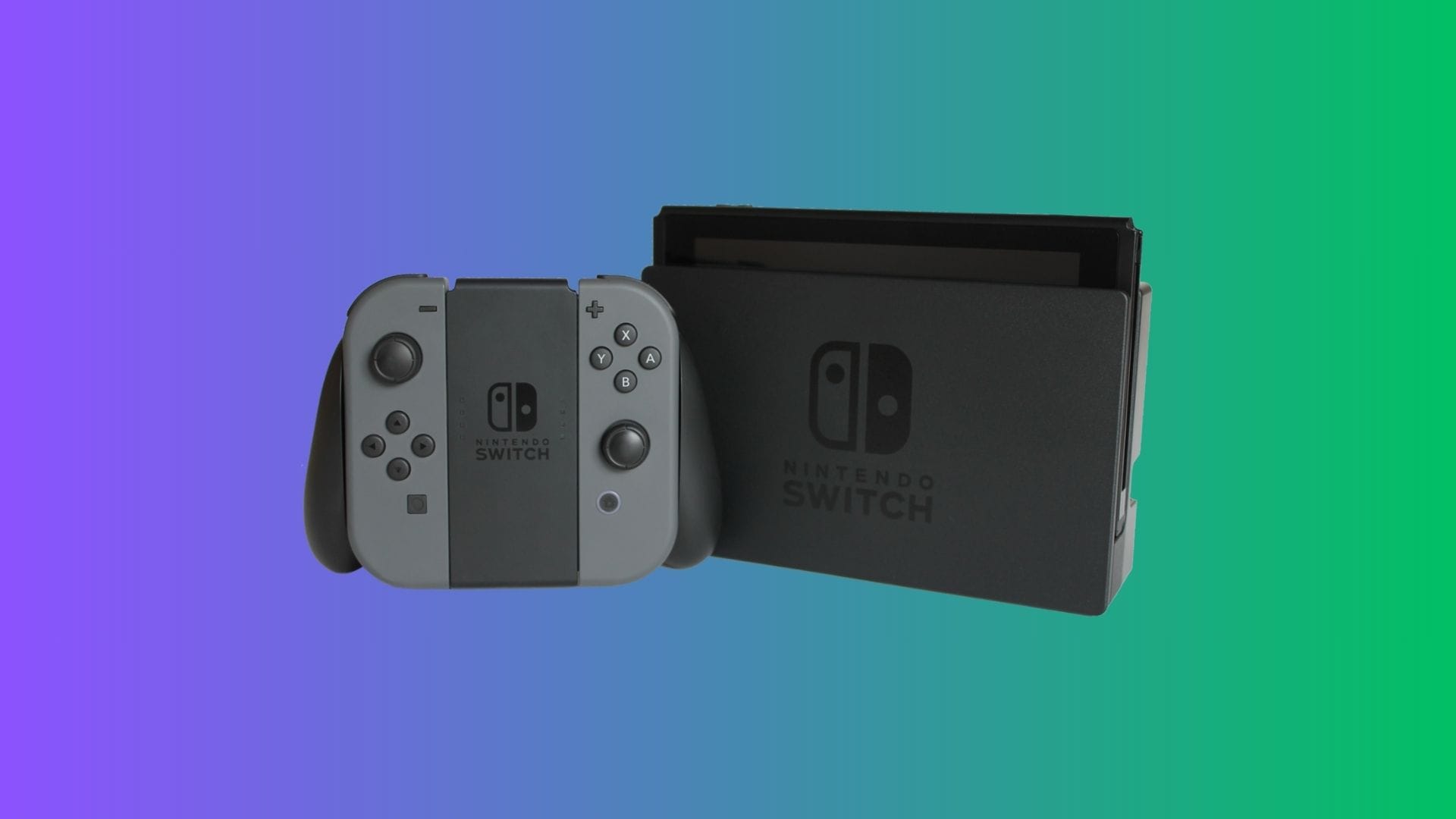
Xbox Home
Okay, this is the part where I’m a bit shakier and could be swayed either way. My first hunch is that the Xbox Go and the Xbox Home are one and the same. The Xbox Go is the Xbox, housing the front end, all the guts, and, if you want, a perfectly self-contained Xbox experience. The Xbox Home, therefore, is the home add-on; instead of paying an extra $50 for a disc drive, you’re paying an extra $150-200 for a dock loaded with a ton of extra storage, an upgraded GPU to output 4k60 on a big TV, and a “Pro” controller.
I could also see the Xbox Home being its own standalone console, though I think the current state of things (the Series X costs $650…a mere $100 less than a PC with a 4000 series GPU) shows that the gap Xbox needs to fill is between the Switch and a modern PC, not a super premium console experience. The Xbox Go Home (lol) fits perfectly there.
The other challenge I think these console makers are struggling with is the cost of tariffs and the unseen fallout of those prices skyrocketing. I’ve talked about this plenty on Point to Point, The Content Mill, and on the blog, but the larger challenge I see for gaming companies is keeping the pipeline of new gamers alive. The attachment of the new generation of gamers to Fortnite, Roblox, and whatever the next thing is, spells doom for console manufacturers because those experiences are free and readily available on a five year old iPhone. What I need to do, as the new Console Czar of Xbox, is to make a dedicated device appealing to parents, incredibly easy for kids who never went to Keyboarding Class to use, and, obviously, make a lot of money doing it. This will come up later, but Microsoft is a services and software company: we’re not going to make our money on hardware, we’re going to make it on games and Game Pass.
That’s why these devices need to be priced incredibly aggressively. Sony has made it clear they plan to double down on the Premium Gaming Device direction, so it’s Xbox’s job to plant its flag as the entry point. Instead of all this elitist gamer nonsense, Xbox is going to be everyone’s first premium gaming console. Remember, Xbox has said multiple times that they lost this generation because of games library lock-in in the Xbox One era; it’s time to turn that around. By pricing the Xbox Go competitively to the Steam Deck in the $300-400 range, Xbox can offer a comparable experience that is still console-ified. You still get access to your Xbox library (something the Asus ROG Xbox Ally X hilariously cannot do) and doesn’t require someone verifying each and every game. The Xbox Go, with its cell connection and access to Game Pass is now able to do stuff the Steam Deck or Switch 2 cannot, all for a similar (or lower!) price.
Meanwhile, the Xbox Home provides that same Xbox experience everyone comes to expect. As a dock though, it’s possible for the Home to be upgraded or replaced as the generation continues. The Xbox Go is a device that is revised a la a cell phone or iPad packed with the latest mobile gaming chips every few years, while the Xbox Home dock fits the Pro revision cycle of every 5 years or so. It doesn’t feel like you’re replacing an entire console, you’re just upgrading a part of it. A big part of this is the slowdown in tech upgrades; the Steam Deck hasn’t been revised in 4 years and is still a highly recommended purchase, all the while TV technology is slowing: we’re not getting cheap at home 8K panels anytime soon. There’s diminishing returns with the introduction of massive GPUs, so Xbox can ship incremental consoles without greatly diminishing the previous year’s model, all the while participating in the arms race of better, faster improvement.
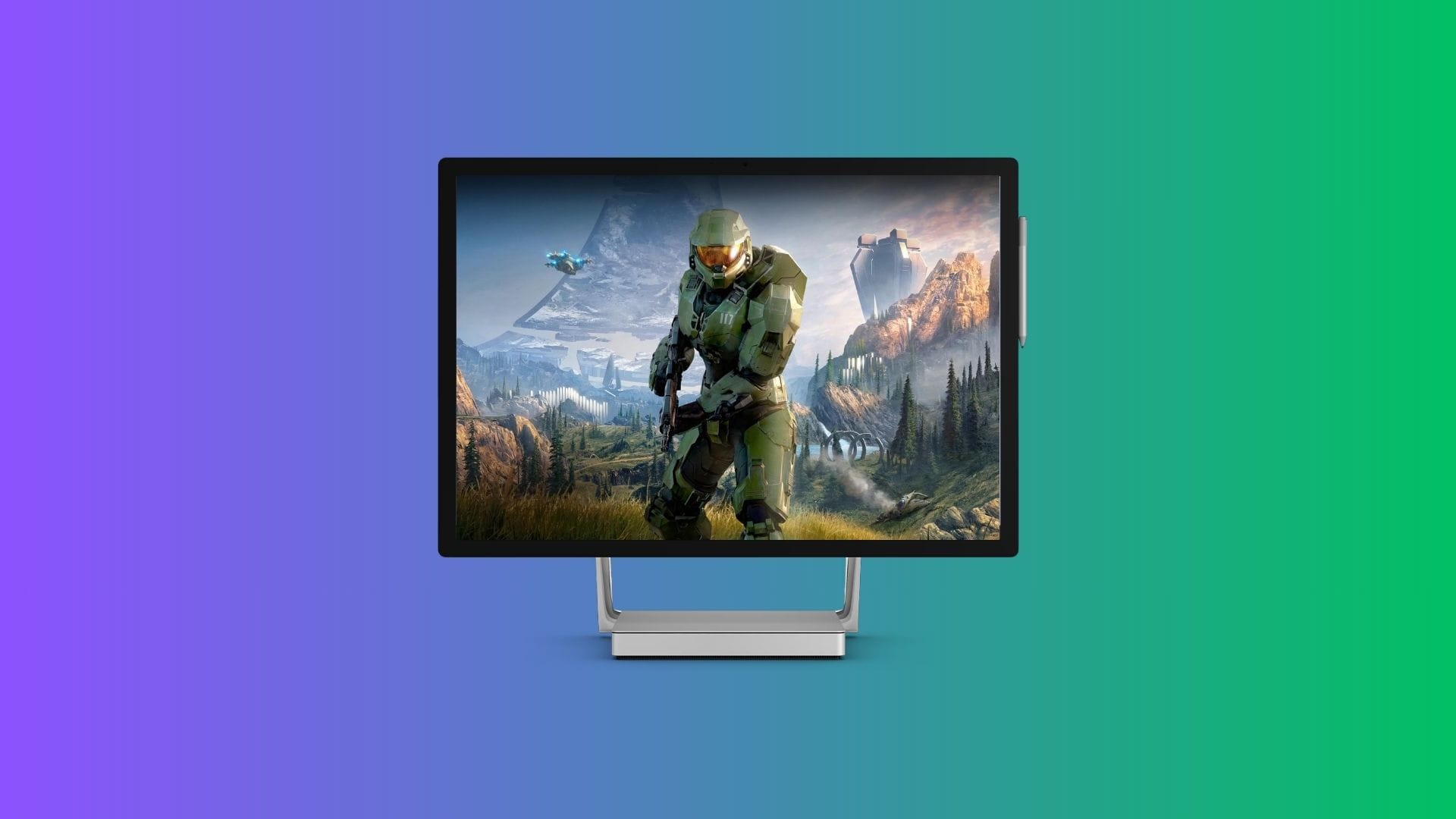
The idea of an Xbox Go and Xbox Home mesh nicely with the ultimate “Xbox Pro” experience…which is just getting a PC. The Go and Home strategy leans into catering to players who just want that console experience, while also letting people who are ready for the ultimate upgrade to go grab a PC, that will, most likely, still run Windows. We’ll get more into this in Part 3, but since Xbox (and Microsoft) are services companies, getting that ecosystem attach with Windows, as well as a persistent Game Pass subscription, still lets Microsoft win, even if you’re not paying for an Xbox Go.
Alright, this has gone on way too long, so we’ll see you in Part 2: The Games, and Part 3: The Services when they publish over the next few days. Let me know what you think of this new take on Xbox! Do you want a cellular handheld? Would you want an Xbox Go and Home or just pick one?


